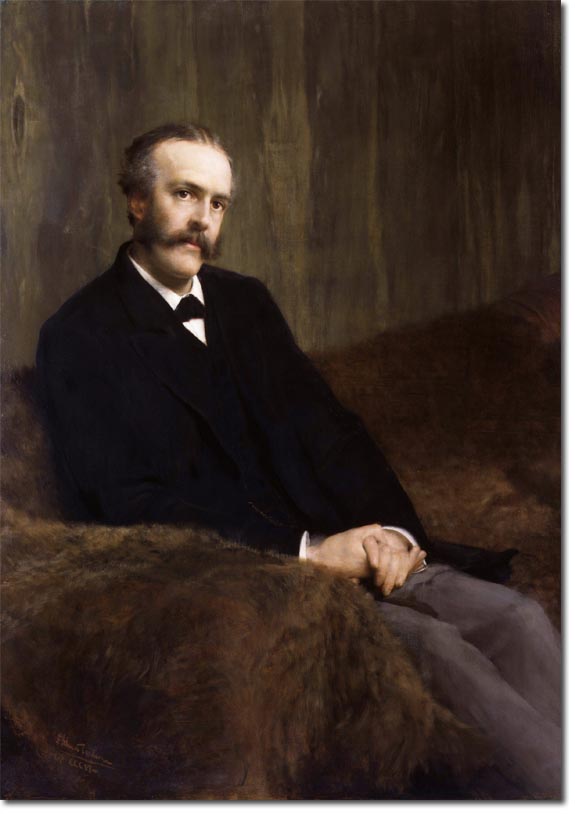|
|


|
|
The question of Britain's role in the Middle East as the Ottoman empire disintegrated exercised the government from the start of the First World War. Balfour was much less enthusiastic about an extension of British responsibilities in the Middle East than some of his colleagues. By the time that he became foreign secretary the de Bunsen committee had reported, recommending a British sphere of influence in Palestine to the exclusion of France, and Mark Sykes had made his notorious agreement with Picot (May 1916) partitioning the area post-war, with Britain getting Palestine. Initially British policy was shaped by traditional strategic concerns, but as the war progressed the support of Jews in the USA and Russia became important. Balfour, like Lloyd George, was sympathetic to Zionism. When prime minister, he had supported Joseph Chamberlain's plans for Jewish resettlement in east Africa, and in the aftermath of those plans he had met Chaim Weizmann on 9 January 1906, in Manchester during the election campaign, who strongly impressed him. In his house in Carlton Gardens, he again met Weizmann in December 1914; Weizmann reported: "Our talk lasted an hour and a half. Balfour remembered everything we had discussed eight years ago. … He said that, in his opinion, the [Jewish] question would not be solved until either the Jews became completely assimilated here or a normal Jewish society came into existence in Palestine. Further conversations followed in 1916 and 1917, and while in the USA Balfour also met influential Zionists, impressing Justice L. D. Brandeis with his 'quietly emphatic remark: "I am a Zionist"'. In the summer of 1917 strategic and Zionist concerns coincided to encourage the Foreign Office, Balfour, Lloyd George, and, from 3 September 1917, the war cabinet to contemplate a public statement. A delay occurred through the strong opposition from Edwin Montagu, representing an important section of British Jewry, who argued that a Jewish national home would be disadvantageous to the position of Jews in their present countries, and from Curzon, who drew attention to the problems that a 'national home' would cause with and for the existing Islamic population in and around Palestine. On 5 October Balfour consulted the American government on a draft more cautious than the original. He gained the Americans' agreement (on condition that they were not publicly associated with the declaration), and on 2 November 1917 what was at once known as the Balfour Declaration was published in the form of a letter from Balfour to Lord Rothschild; it stated that the British government favoured 'the establishment in Palestine of a national home for the Jewish people' on the clear understanding that there should be no disadvantage to 'the civil and religious rights of existing non-Jewish communities in Palestine, or the rights and political status enjoyed by Jews in any other country'. Of the many initiatives of the British government in the First World War, it perhaps cast the longest shadow. Balfour told the cabinet that it implied a 'British, American, or other protectorate' and not the early establishment of an independent Jewish state. Balfour pressed for the acceptance and publication of the declaration with unwonted energy and uncharacteristic personal commitment, hard to explain in terms of his background and other beliefs. |
Palestine: Britain's Crown of Thorns
Armed Forces | Art and Culture | Articles | Biographies | Colonies | Discussion | Glossary | Home | Library | Links | Map Room | Sources and Media | Science and Technology | Search | Student Zone | Timelines | TV & Film | Wargames